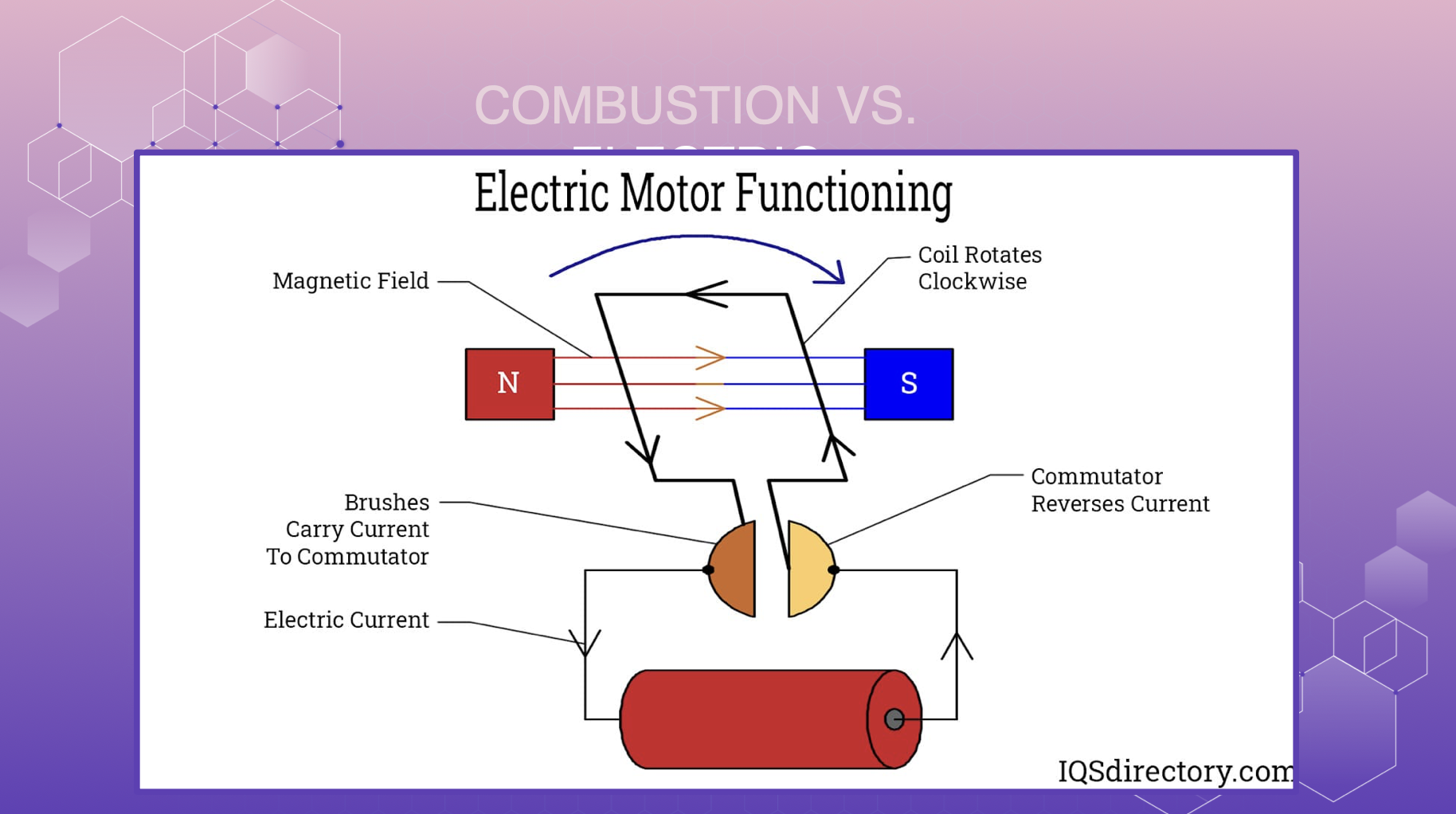Introduce a Girl to Engineering Day
*
Introduce a Girl to Engineering Day *
Introduce a Girl to Engineering Day
Hosted by the Smith College Picker Engineering Program
Workshop Development: Individual Work
Workshop Facilitation: Lead
2023 - 2024 Academic Year
Overview
Introduce a Girl to Engineering Day (IGTED) is an annual event that aims to generate interest in engineering among young female and non-binary students. Workshops investigate many engineering disciplines; for the 2023 - 2024 school year, I developed and led the mechanical engineering workshops.
I wanted to engage students in activities where they could learn about basic mechanical functions, think about the needs of others (practice empathetic design), practice future thinking, collaborate on an open-ended idea, and explore prototyping and turning ideas into physical products. To do this, I developed a workshop on designing the Transportation of the Future, where students worked through a simplified human-centered design framework.
I initially began with the human-centered design process framework that I had experience with, summarizing it into four phases: Clarify, Ideate, Develop, and Implement. Because of the brevity of the workshop, and the realistic inability to execute the phase, I decided to only work through the first three phases, not diving into the Implementation phase.
1 Lesson: Students are told a brief history of transportation and engine types.
Goal: Students understand transportation is broader than cars, people have varying transportation needs, and needs change over time.
2 Clarify: Students imagine and define their future users.
Goal: Students think empathetically about their users' needs and what they may look like in the future.
3 Ideate: Students compile information about their user's needs and brainstorm how they could be met.
Goal: Students work creatively and collaboratively to understand the value of generating many ideas.
4 Feedback: Students explain their users, needs, and what some of their initial designs are. They then receive feedbackfrom other groups.
Goal: Students practice giving and receiving feedback and explaining concepts to others.
6 Prototype: Students turn concepts into physical prototypes.
Goal: Students practice communicating an idea in 3D space and work collaboratively.
One of my goals for this workshop was to show the students that engineering can be a fun, engaging, creative, and collaborative endeavor that they are very capable of achieving.
Watching the students’ attitudes improve, and interest grow as the workshop went on, ending with them begging to be able to keep working, and their excitement to learn more about engineering in the future made me confident this was achieved.
Development
Workshop Outline and Goals
Takeaways
5 Develop Solution: Students evaluate their feedback and decide what to implement to their solution.
Goal: Students practice evaluating feedback quality and applying what they consider ‘good’ feedback to their work.
7 Present: Students present final designs to the entire group.
Goal: Students practice explaining their ideas to others and see that similar problems have many solutions.
Were I to run the workshop again, the biggest change I would make in order to improve learning and increase exploration would be to make it longer. I was concerned about the students staying engaged, so we kept it a bit shorter, but engagement did not end up being an issue at all.
With more time, we could've dived deeper into the feedback and prototyping phases. Prototyping was by far the students' favorite part of the workshop, and I think they could have made more detailed prototypes and multiple iterations of their prototypes, given the time.
With more time, we also could have had more practice giving, getting, and applying feedback, and we did so after both the ideating and prototyping phases.
Workshop Slides
































